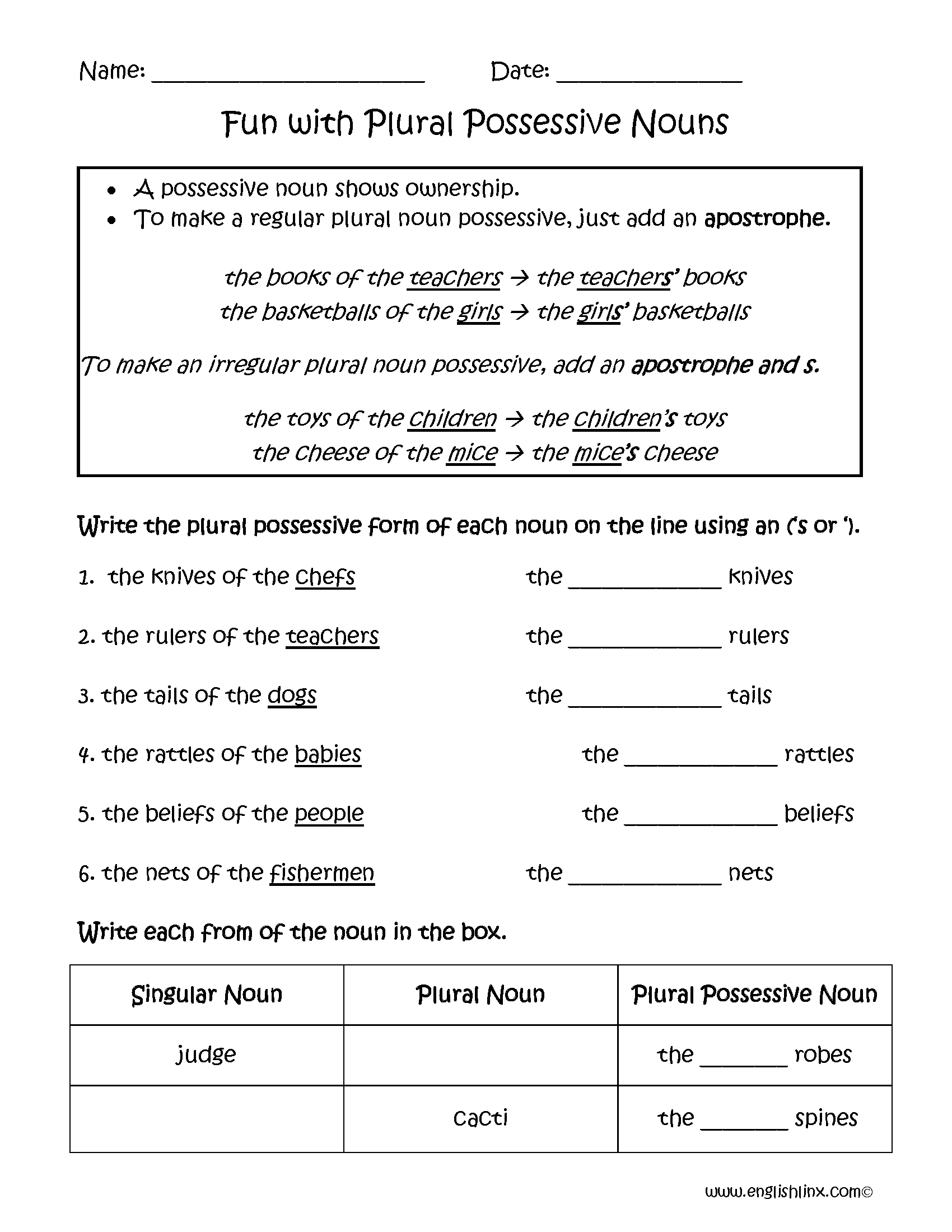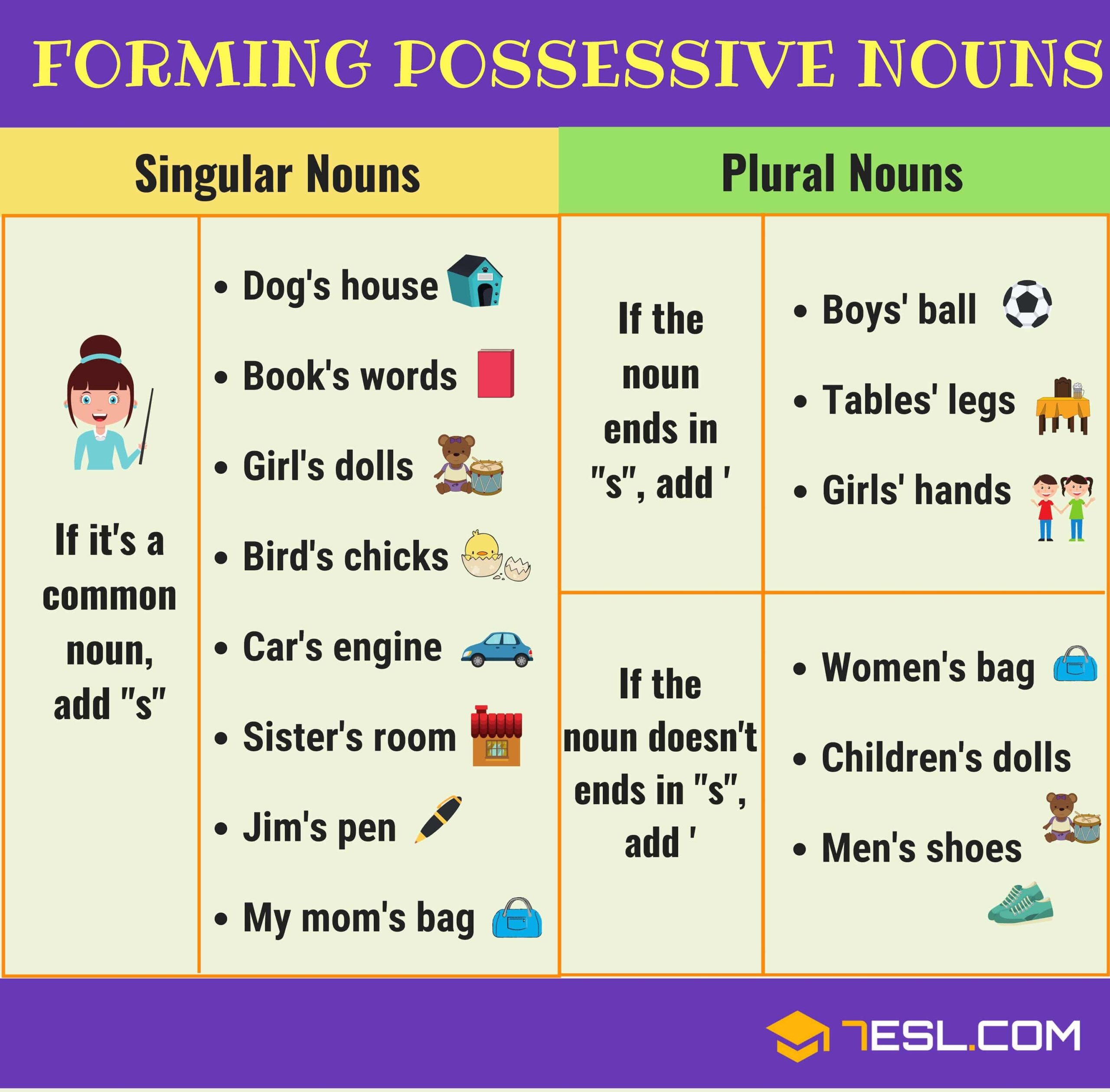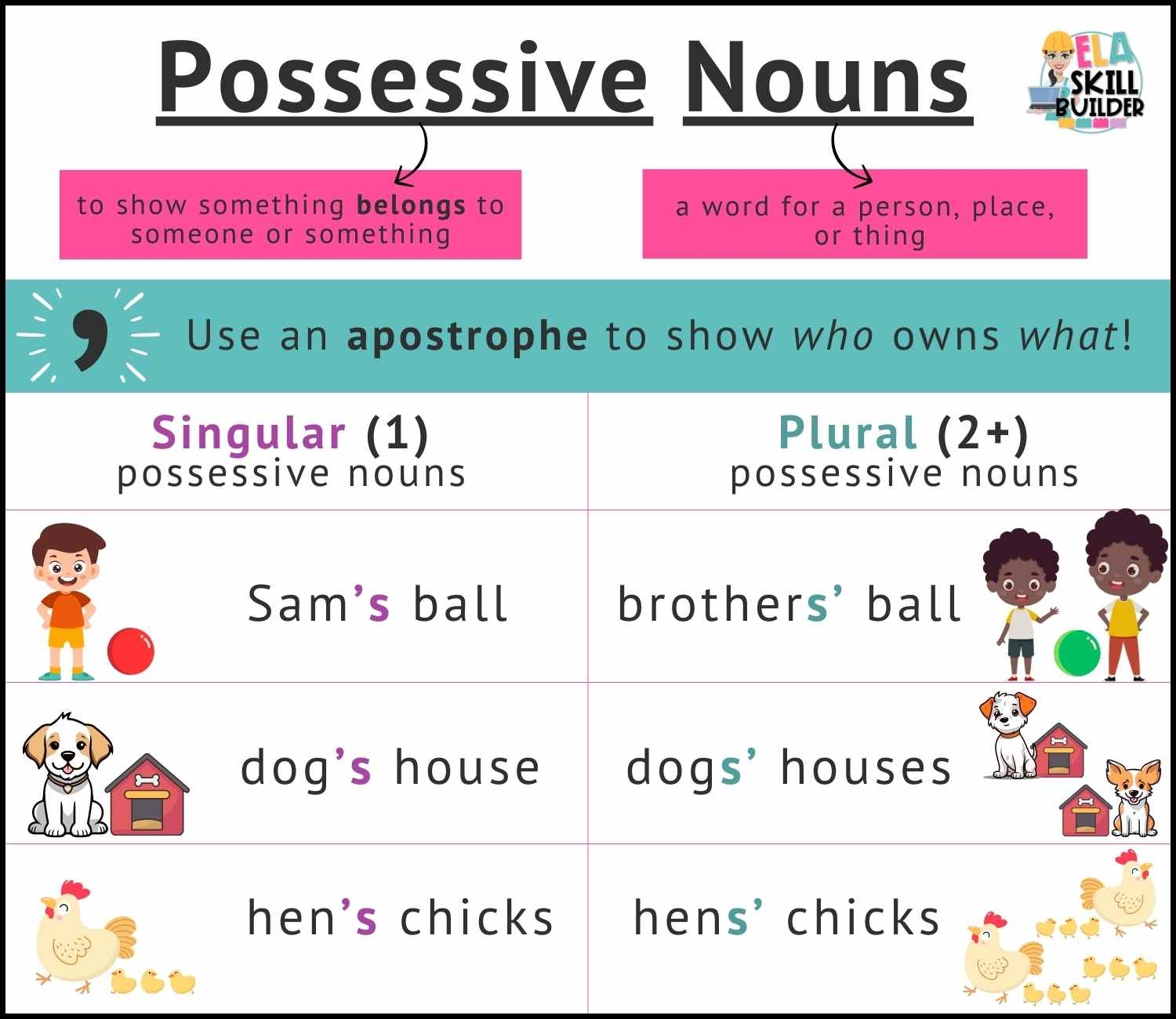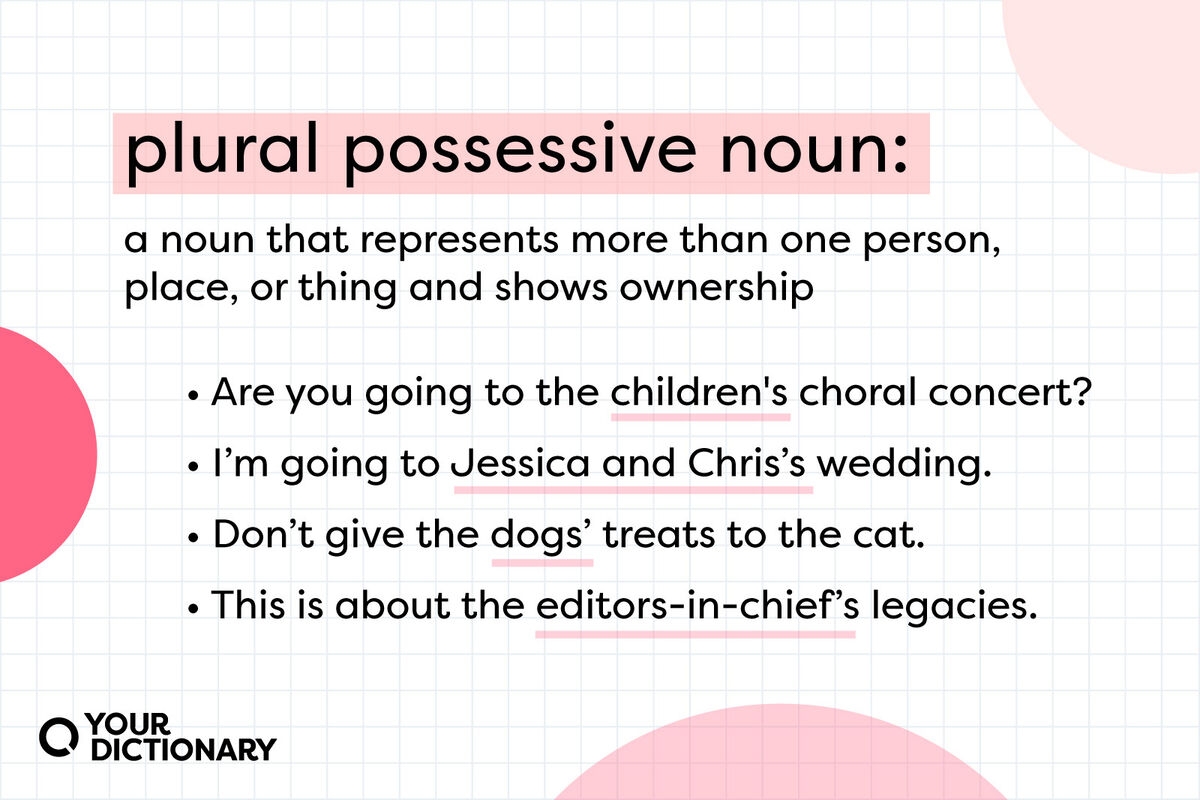Plural and possessive nouns are important components of the English language that help us express ownership and indicate when there is more than one of something. Understanding the difference between plural and possessive nouns is essential for effective communication in writing.
Plural nouns refer to more than one person, place, thing, or idea. They are formed by adding -s or -es to the end of a singular noun. Possessive nouns, on the other hand, show ownership or possession. They are formed by adding an apostrophe and an s (‘s) to the end of a singular noun.
Plural or Possessive Nouns
When using plural nouns, it is important to remember that they do not require an apostrophe unless they are showing possession. For example, “The dogs played in the park” uses the plural form of “dog” without an apostrophe. However, in the sentence “The dog’s bone was buried in the backyard,” the apostrophe indicates that the bone belongs to the dog.
Possessive nouns can also be used to show relationships or associations between people or things. For example, “Sara’s book” indicates that the book belongs to Sara. When using possessive pronouns, such as his, hers, or theirs, it is important to remember that they already show possession and do not require an apostrophe.
It is common for people to confuse plural and possessive nouns, leading to errors in writing. To avoid this, it is helpful to remember that plural nouns indicate more than one of something, while possessive nouns show ownership. By paying attention to the form and function of these nouns, writers can improve the clarity and accuracy of their writing.
In conclusion, understanding the difference between plural and possessive nouns is essential for effective communication in writing. Plural nouns indicate more than one of something, while possessive nouns show ownership or possession. By using these nouns correctly, writers can convey their intended meaning clearly and accurately.




